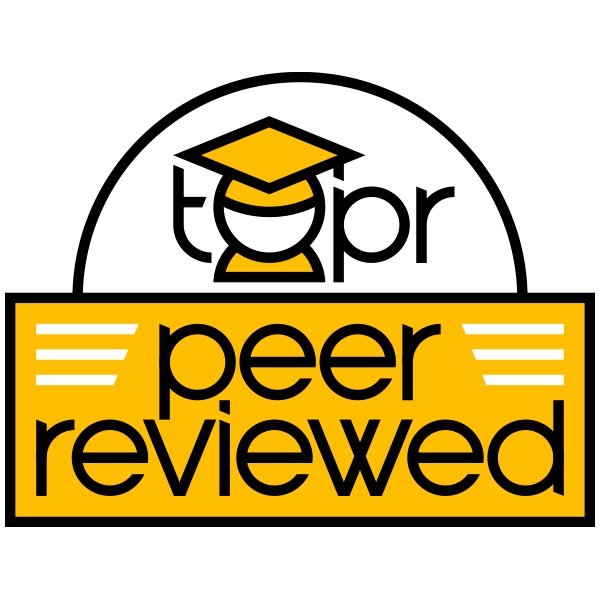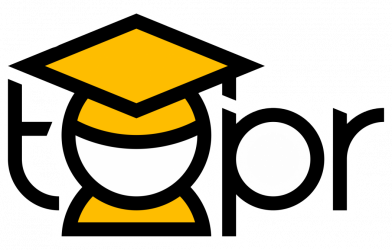Tags: Engagement, Flipped Classroom, Instructor Presence, Interaction, Lightboard, Online, Peer-Reviewed Entry, Social Presence, Video

Description
Faculty seeking a dynamic lecture-recording method for their online, hybrid, or flipped classrooms appreciate the Lightboard strategy. A Lightboard is an educational technology tool with a glass writing surface embedded with LED lights, allowing instructors to face the camera and create engaging instructional videos. LED lights and fluorescent markers make the writing highly visible on camera. These videos enable instructors to utilize their natural teaching style, focusing on one learning objective and presenting content in a logical and sequential manner. The Lightboard facilitates step-by-step explanations, demonstrations of complex processes, and visual representations of equations or diagrams. Since the on-glass writing is backwards, the text orientation must be flipped by recording a mirror reflection or reversing the digital image (7 Things You Should Know about Lightboard, 2014). See lightboard set-up.
Faculty Benefits
Faculty who facilitate traditional classroom instruction using a blackboard or white-board, benefit from the Lightboard strategy for converting their teaching style to online instruction. The Lightboard allows them to actively draw or annotate an image, demonstrate a process, solve a problem, or apply a formula. The strategy builds instructor presence as the faculty faces the camera and delivers the lecture in a natural teaching style.
Student Benefits
Students benefit from the social presence created with the help of a video that includes the instructor’s eye contact, facial expressions, and gestures. Conventional video recordings force instructors to choose between turning their backs to the camera or merely pointing at previously drawn images, whereas a Lightboard gives all students equal access to seeing the instruction (Howard, 2017).
Pedagogy with a Lightboard combines effective instructional techniques with the unique features and benefits of the Lightboard tool. By leveraging visual communication and engaging presentations, instructors can create impactful and visually appealing learning experiences that enhance learners’ comprehension and engagement. Lubrick, Zhou, and Zhang (2019) noted several studies that found significant learning gains when instructors used gesturing in their teaching. And although the sample size was small (68 participants), Rogers and Botnaru (2019) noted Lightboard videos used in their teaching benefited students by improving their achievement and engagement in learning.
Link to Example artifact(s)
The practice of teaching with a lightboard requires careful planning. At most institutions, a technical support staff guides faculty through the preparation and recording process. See Lightboard tutorial video.
Ideally, the recorded lecture is completed in a single take. Since the board has limited space, instructors need to consider the size, scale, and amount of information drawn or written on the board. Once the board is filled, no further writing can be done in that recording (7 Things You Should Know about Lightboard, 2014). If a Lightboard recording becomes too long, the instructor might annotate pre-drawn charts or visuals.
Best practices in traditional video recordings also apply to Lightboard recordings. For example, Guo, Kim, and Rubin (2014), recommended that traditional instructional video clips be 3-6 minutes in length. A script, outline, or storyboard is valuable to assure a polished Lightboard presentation in a reasonable time frame (McCorkle, & Whitener, 2020). Despite the similarities, video recordings and lightboard recordings have different purposes. Weekly welcome videos, discussion board summaries, or course management issues might be best presented in simple video recorded with the faculty member’s webcam. Lightboards should be reserved for demonstrations, processes, or sketches.
Lastly, instructors need to consider what they wear in Lightboard recordings. The best option is dark-colored clothing. Light-colored clothing similar to the colors of the markers can inhibit the ability to read the fluorescent notes on the Lightboard glass. See Pre-Calculus Lightboard lecture example.
The following points summarize the pedagogical details instructors should consider when teaching with a Lightboard:
- Reserve the Lightboard for demonstrations, processes, or sketches.
- Plan a lecture that focuses on one measurable objective or topic.
- Design a lecture with one board’s worth of content or develop a transition to continue the lecture in another Lightboard video.
- Develop a short lecture that does not extend beyond the Lightboard real estate. If more space is required, think about providing students with a handout.
- Use a natural lecture style including eye contact with the camera and gestures.
- Consider a microphone to increase the sound quality.
- Minimize the text or drawing in front of their face.
- Wear dark colored clothing to make the fluorescent text easier for students to read.
- Use a second monitor for notes, if necessary.
- Frequently change the fluorescent markers to ensure consistent, clear markings drawn on the Lightboard.
Link to scholarly reference(s)
Guo, P. J., Kim, J., & Rubin, R. (2014). How video production affects student engagement: An empirical study of MOOC videos. In Proceedings of the first ACM conference on Learning @ Scale. Atlanta, GA.
Hay, K., & Wiren, Z. (2019). Do-it-yourself low-cost desktop lightboard for engaging flipped learning videos. The Physics Teacher, 57(8), 523-525.
Howard, A. K. (2017). New Video Tool for Demonstrations in Distance Education Statics.
Lubrick, M., Zhou, G., & Zhang, J. (2019). Is the future bright? The potential of lightboard videos for student achievement and engagement in learning. EURASIA Journal of Mathematics, Science and Technology Education, 15(8), em1735.
McCorkle, S., & Whitener, P. (2020). The Lightboard: Expectations and Experiences. International Journal of Designs for Learning, 11(1), 75-83.
Rogers, P.D., & Botnaru, D.T. (2019) “Shedding Light on Student Learning Through the Use of Lightboard Videos,” International Journal for the Scholarship of Teaching and Learning: Vol. 13: No. 3, Article 6.
7 Things You Should Know About Lightboard. (2014, August 18). EDUCAUSE Learning Initiative.
Citation
Longo, C., & Tsvelikhovskiy, B. (2023). Lightboard Lecture Pedagogy and Best Practices. In deNoyelles, A., Bauer, S., & Wyatt, S. (Eds.), Teaching Online Pedagogical Repository. Orlando, FL: University of Central Florida Center for Distributed Learning.

